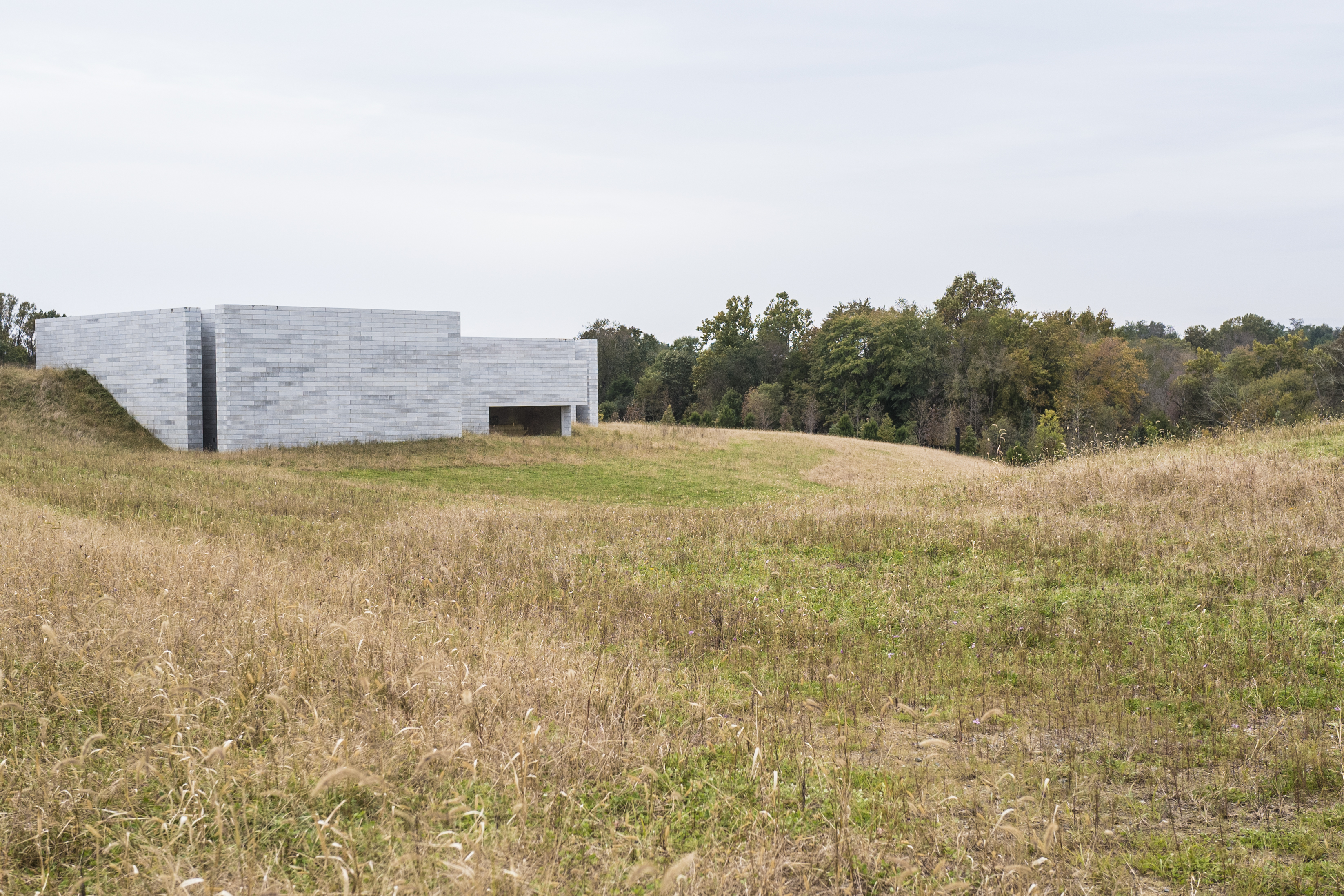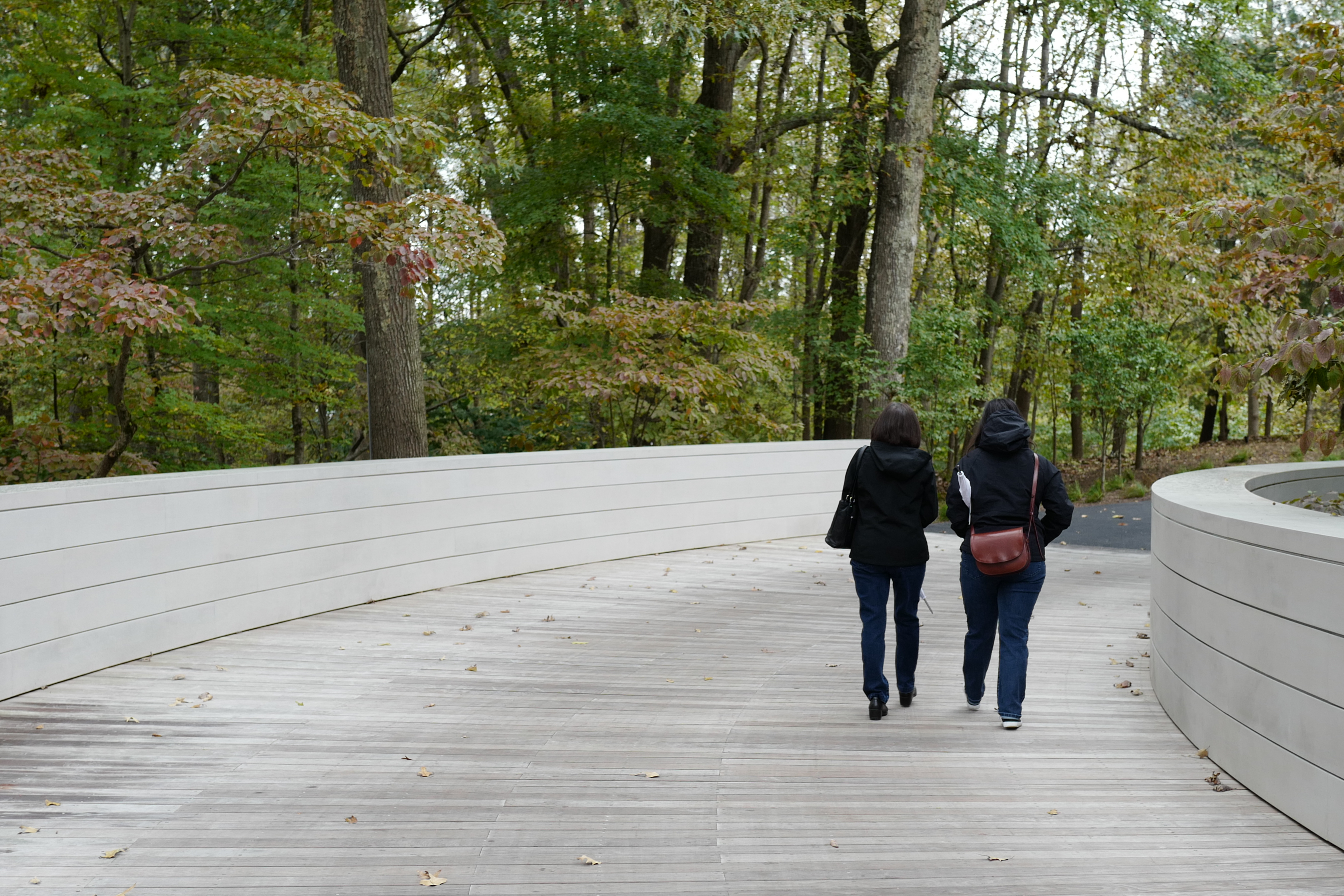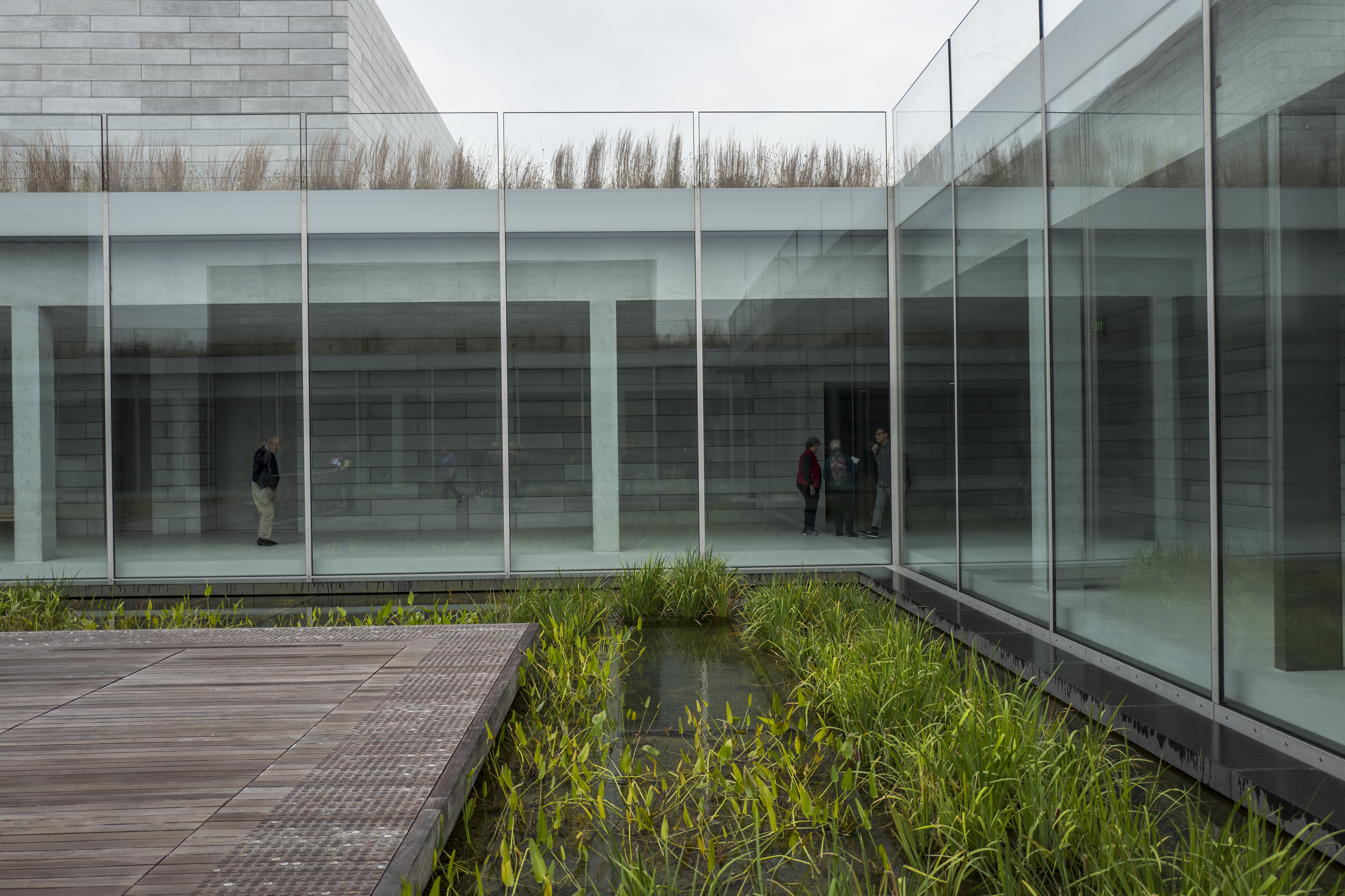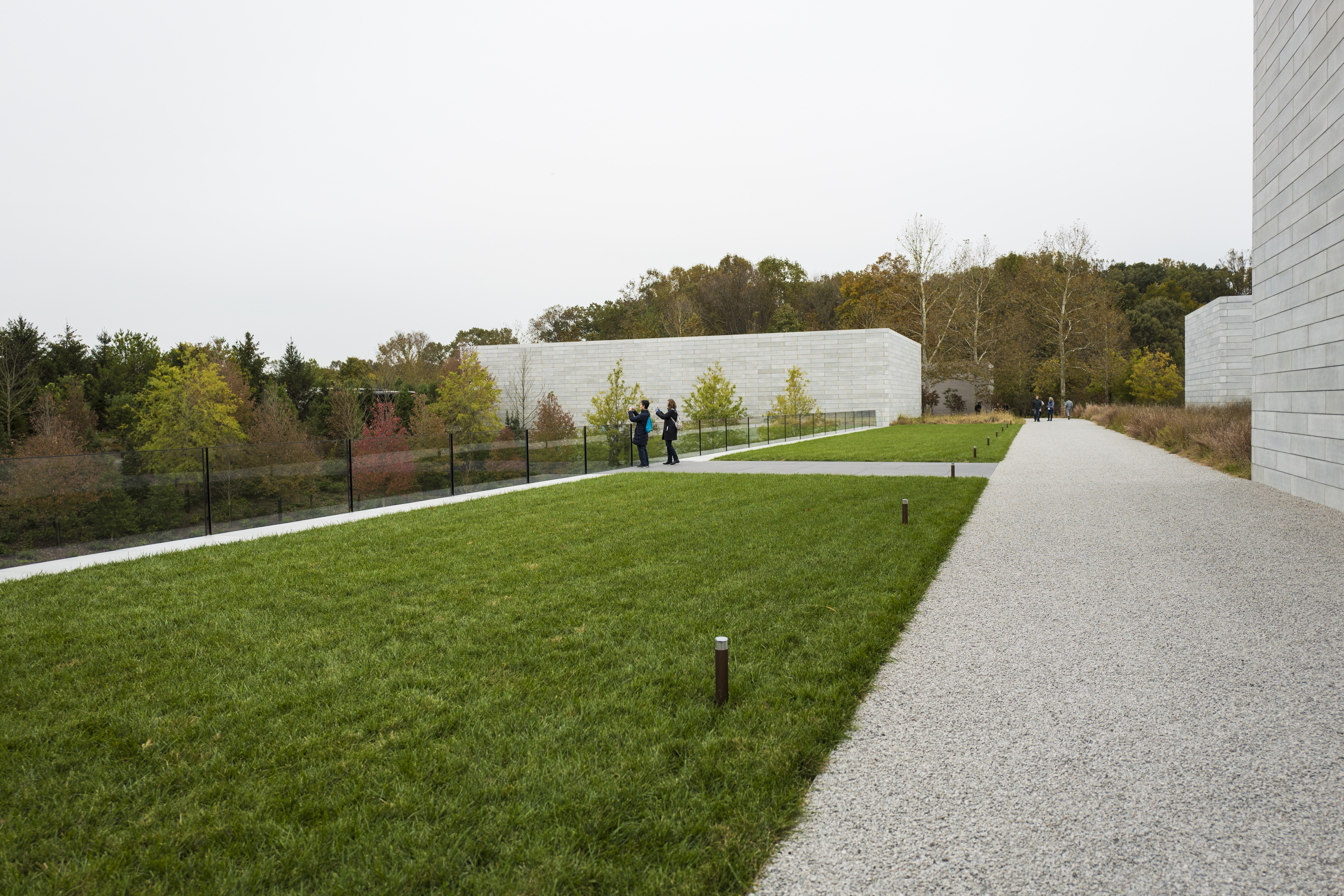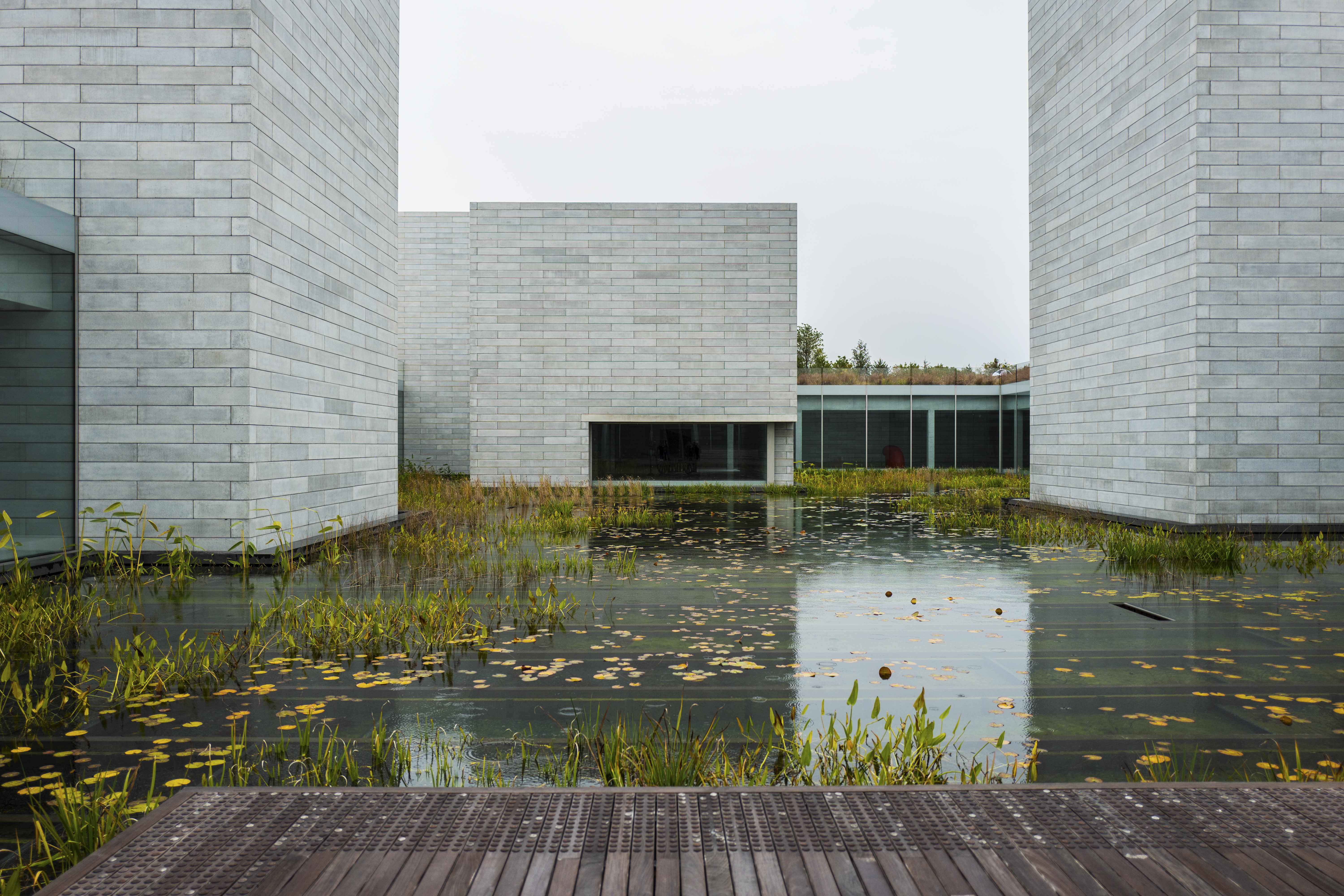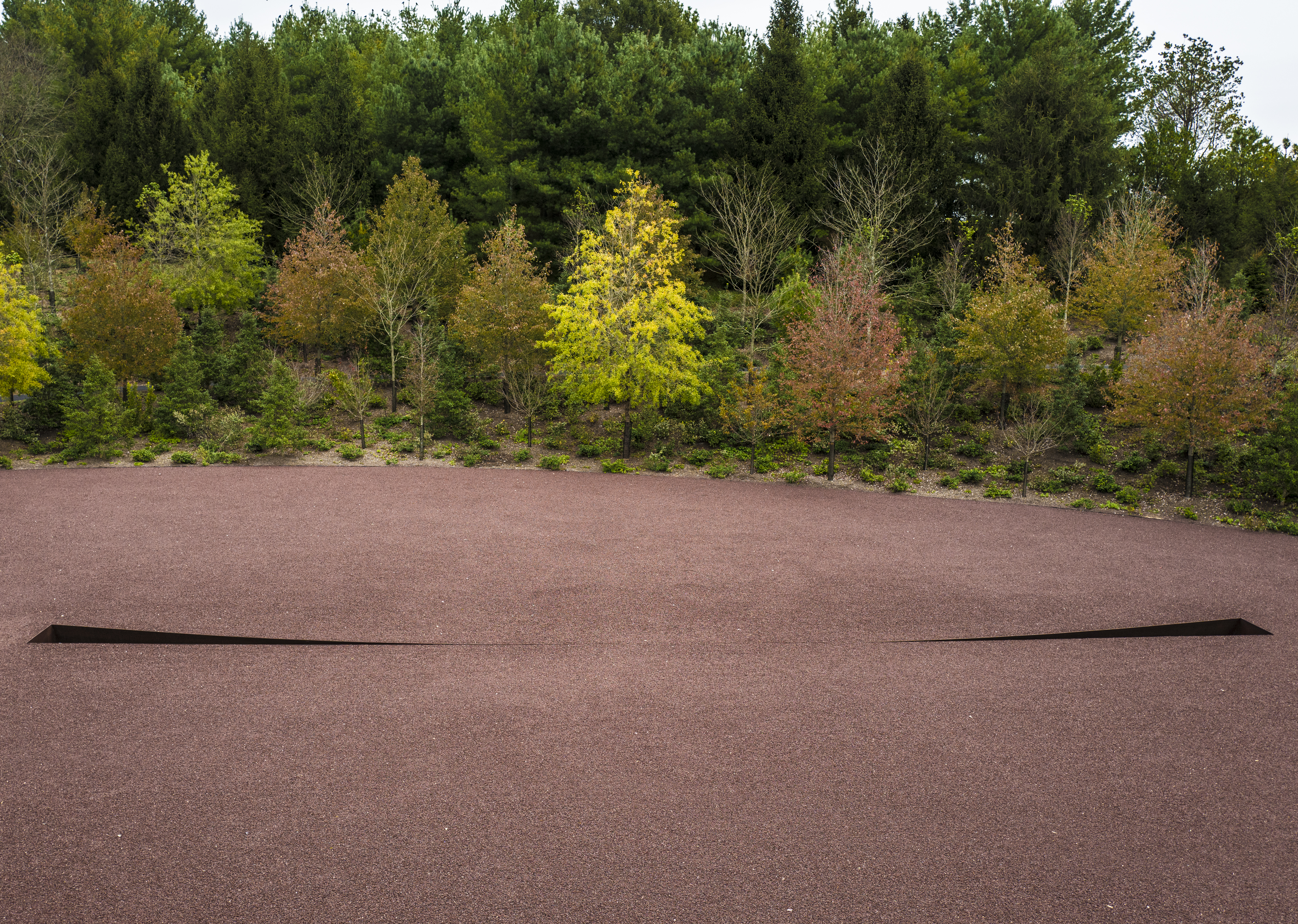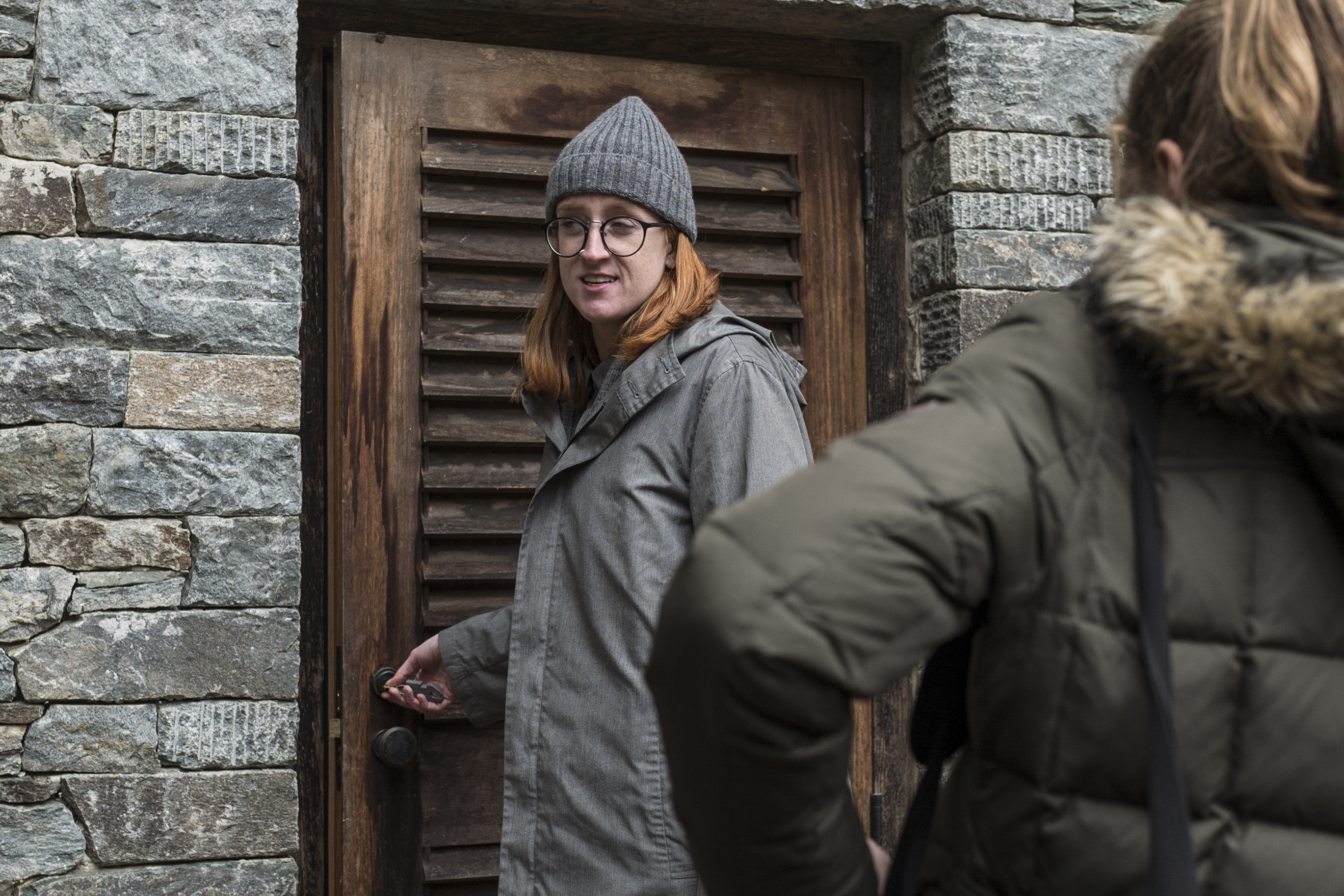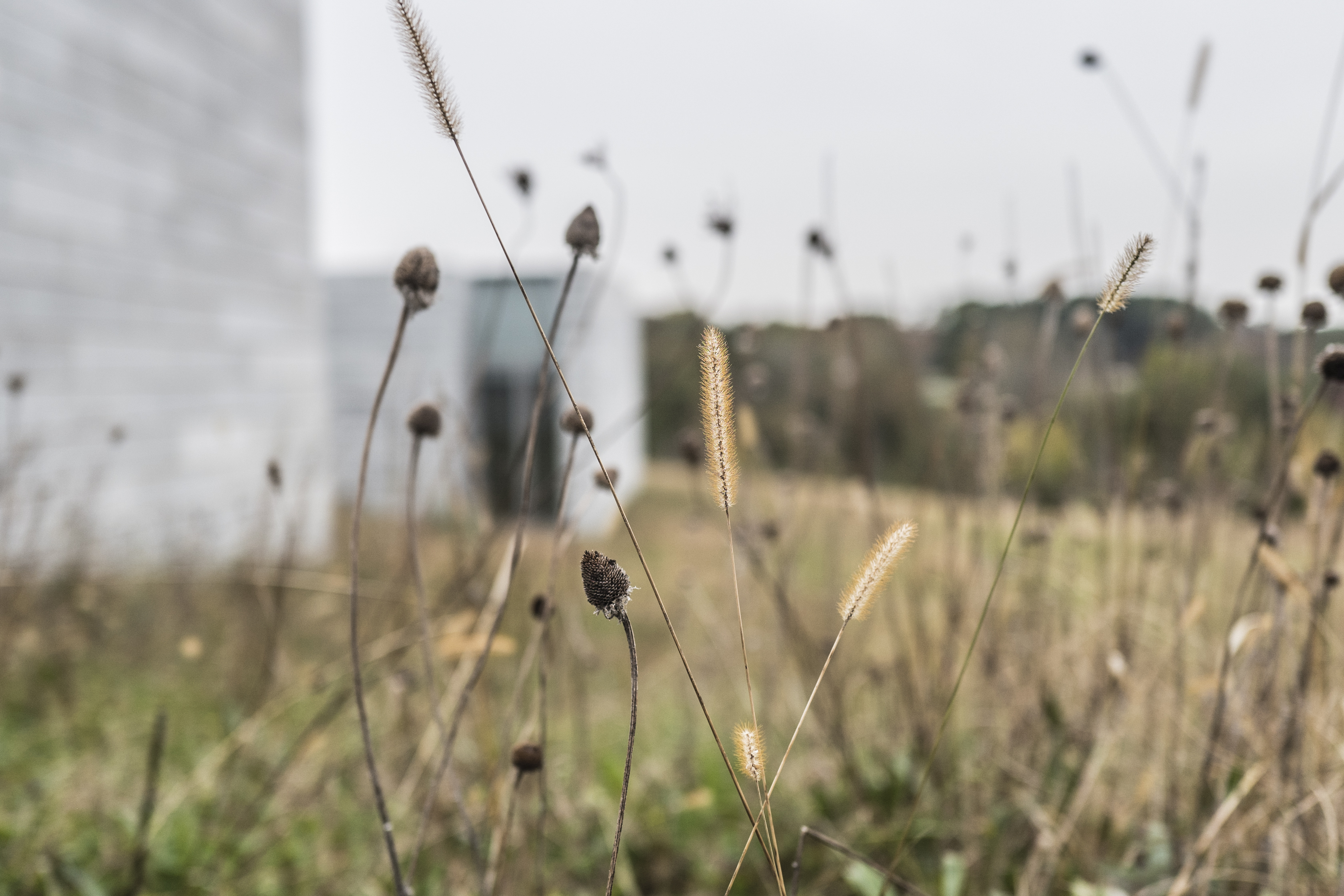The glamors of Glenstone
A glimpse into the artistic works at Glenstone Museum’s newly completed expansion
For those contemporary art lovers with avant-garde tastes, Glenstone Museum in Potomac, Maryland is worth the trip. The location offers a refreshing change from the Smithsonian museums on the National Mall. With its massive renovation and redesign, the new Glenstone enhances visitors' engagement and experience. The grounds uniquely and expertly integrate art, architecture, and landscape into a serene, contemplative environment. What makes the museum different and deserving of a visit is its minimalist approach to art and central focus on free thinking. Here, visitors are free to absorb the works as they wish; there is no right or wrong way to interpret them.
Upon arrival, museum-goers walk from the parking lot, across a timber bridge and far-reaching meadow to the museum’s entrance. After entering, they are greeted with the first installation: a large quote displayed on the gray concrete block walls reading, “Matter so shaken to its core to lead to a change in inherent form to the extent of bringing about a change in the destiny of the material. Primary, secondary, tertiary.” This statement by Lawrence Weiner invites visitors to contemplate matter and how a simple material can be elevated to “art.” As they continue through the exhibits known as the Pavillions, staff dressed in all gray maintain the simplistic atmosphere. Each exhibit branches off of a main circular passageway, offering big open spaces and controlled access to make sure people don’t feel rushed to move on to the next exhibit. There is a slowness at Glenstone that gives both the visitors and art room to breathe.
Thoughtfully incorporated into the architecture is an 18,000 square foot water court in the center of all the indoor exhibits. The largely landscaped water court designed by Thomas Phifer is delicately planted with water lilies, irises, and rushes, creating a natural nuanced viewing experience. A series of floor-to-ceiling windows look inward towards this pond, staying as invisible as possible to bring the outdoors inside. A wooden bench also sits on the patio, giving visitors a moment to rest and reflect.
The building holds 11 different rooms for art collections. Instead of categorical exhibits, there are many featured single-artist installations, so that each work can be viewed with a fresh perspective. One noteworthy work of art from Room 2 is “Frogmen” by Jean-Michel Basquiat, an artist that uses acrylic to create a masterpiece, paint over, and recreate it multiple times. By leaving behind aspects of each draft in the final piece, onlookers are presented with a mystery on how to piece them all together.
Another memorable installation is by Robert Gober: a multisensory room with various carefully placed components. A dark passageway with newspapers and boxes of rat bait are strewn on the floor enclosing a brightly lit inner chamber with a 360-degree wall mural resembling a jungle. Sinks with running water are mounted on the walls and iron bars looking out towards a painted sky juxtapose with the forest ambience. Establishing a sort of jailed environment, you can’t help but feel trapped in a combination between the outdoors and indoors.
From the Pavillions, visitors may continue on a short path to the collection of outdoor landscapes. The outdoor sound installation "Forest (For a Thousand Years)" by Janet Cardiff and George Bures Miller is worthy of a special mention. At first, locating this exhibit is not obvious. Upon following the myriad of sounds, you’ll soon find yourself surrounded by 22 loudspeakers, standing amongst a cluster of tree stumps in the middle of the exhibit. All you have to do is sit, be in the present, and listen to the sounds ranging from clamor on a battlefield to the angelic voices of a choir. Another impressive work is Clay Houses (Boulder-Room-Holes) by Andy Goldsworthy. A gravel pathway leads onlookers to three dry-stacked miniature stone houses sitting off the edge of the street. Each has a different unfired clay interior, one of which is a vortex penetrating through the back of the house. Observing the clay’s form leaves museum-goers wondering how the funnel integrates itself into the house’s framework.
It’s hard to touch upon each of the indoor and outdoor highlights that Glenstone has to offer. But, for certain the most fascinating part of the museum - and the very reason you should visit - is the quiet. Glenstone has adopted a greater message for its visitors, which is to tuck away their phones and simply, try being in the moment. After all, the artwork, architecture and landscapes on these extensive grounds were created with this same mindset. They were all contrived similar to the act of making a mandala: focusing more on creating the art, and not so much the message behind it. So, anyone up for spontaneity and exploring new places should head on down to Glenstone. Go with an inquisitive mind, and leave with a new perspective on art.
Glenstone is open Thursday-Sunday, 10 a.m. - 5 p.m. and admission is always free. Reservations should be made in advance online, but if you arrive without a reservation after noon, Glenstone will make an effort to accomodate you, space permitting.
Tags: Potomac Glenstone Museum
Arthi Thyagarajan. Hi I'm Arthi Thyagarajan! I am super excited to be writing for Silver Chips Online this year. I also enjoy playing soccer on my school team and watching Game of Thrones. More »
Comments
No comments.
Please ensure that all comments are mature and responsible; they will go through moderation.
